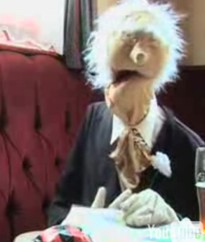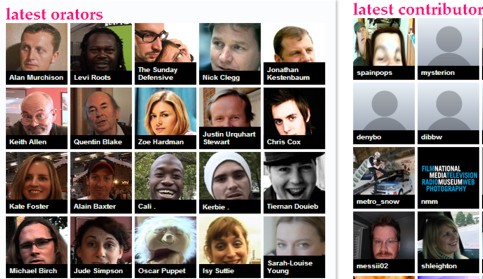[youtube=http://www.youtube.com/watch?v=-T_SryRAXuw&eurl=http://gmodules.com/gadgets/ifr?url=http://hosting.gmodules.com/ig/gadgets/file/104671293108202388368/symphony.xml&hliurl=http://i2.ytimg.com/vi/-T_SryRAXuw/hqdefault.jpg&feature=player_embedded]
I’m really getting into the global potential and creativity of technology. Discovering YouTube Symphony Orchestra made me smile. Music plays a significant part in my life, with my two sons playing piano and violin, and my 15 year old spending most of his free time composing classical music. There is always music in the house, sometimes competitively discordant, but usually lovely to listen to. Here is what YouTube Symphony Orchestra is about:
We invite musicians from around the world to audition for the YouTube Symphony Orchestra. Your video entries will be combined into the first ever collaborative virtual performance, and the world will select the best of you to perform at New York City’s Carnegie Hall in April 2009.
This will be the first ever collaborative online orchestra. Pretty cool. It will unite professionals and amateurs from around the world. You can audition by submitting a video performance of a new piece which has been written for the occasion by the renowned Chinese composer Tan Dun (Crouching Tiger, Hidden Dragon).
Technology to audition and technology to help you prepare. YouTube provides tools to help you learn the music, rehearse with the conductor and upload your part for the collaborative video.
Finalists will travel to New York in April 2009 to participate in the YouTube Symphony Orchestra summit and play at Carnegie Hall.
The New York Times writes about this.
“The idea is to put together the world’s first collaborative online orchestra” and encourage musicians of all types and abilities around the world, said Ed Sanders, YouTube’s project marketing director for Europe, the Middle East and Africa and the person in charge of the effort. “It’s collaboration in a way and a medium never seen, both with sound and video.”
You can listen to the composition played by the London Symphony Orchestra:
[youtube=http://au.youtube.com/watch?v=Tqiro1kdRlw]



